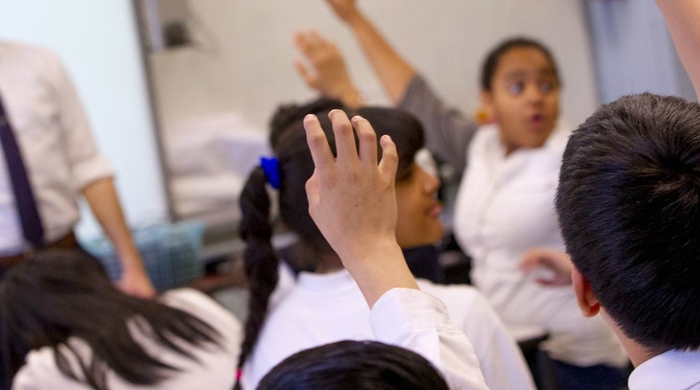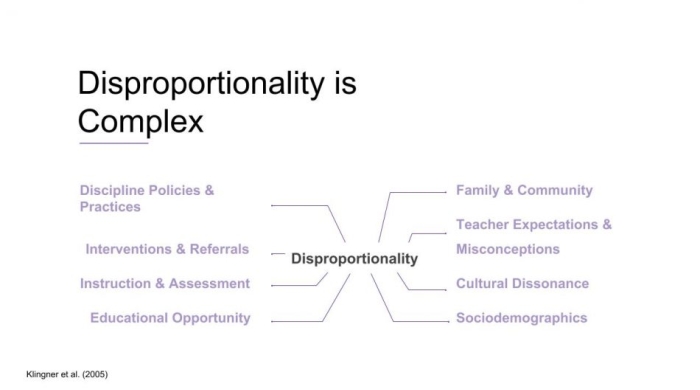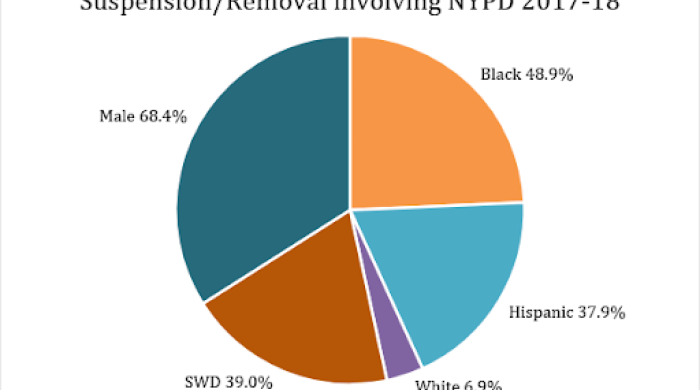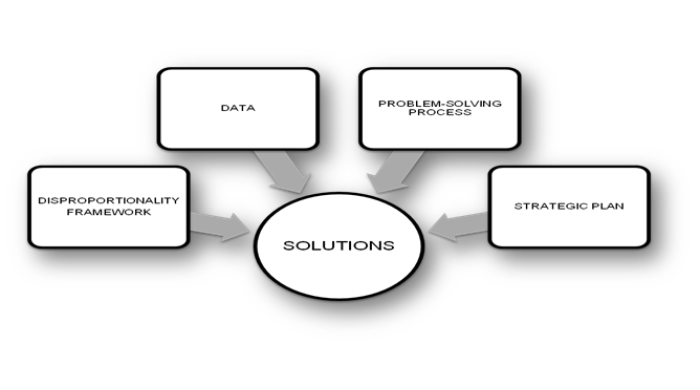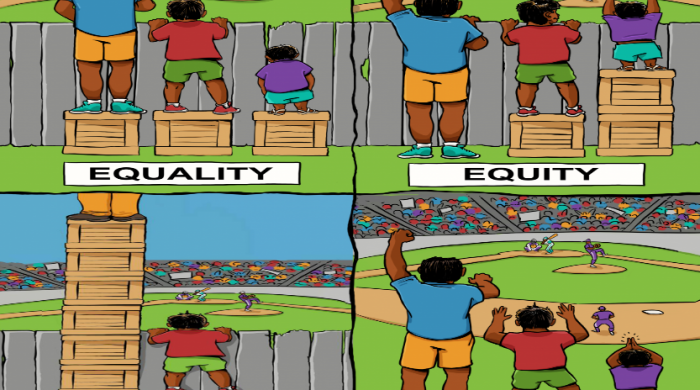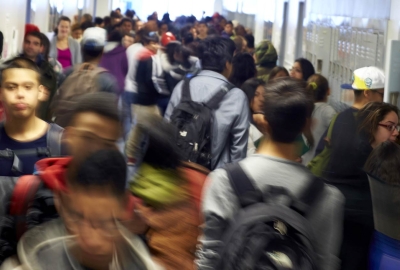
Disproportionality represents one of the most significant problems in education today. The results of decades of research consistently show that students of color, particularly African American students, are at significantly increased risk for exposure to exclusionary discipline practices. Educators must address this issue by identifying rates of discipline disproportionality, taking steps to reduce it, and monitoring the effects of intervention on disproportionality.
Featured Research
Ending Student Criminalization and the School-to-Prison Pipeline
School policing is inextricably linked to this country’s long history of oppressing and criminalizing Black and Brown people and represents a belief that people of color need to be controlled and intimidated.
Closing the Experience Gap
The history of people marked as raced is distinct from those marked as dis/abled, but those experiences overlap in U.S. education. Bodies marked simultaneously as raced and dis/abled are uniquely positioned for separation, seclusion, and segregation; however, in U.S. charter schools it is not fully clear how these intersections are impacted.
Additional Resources
Research-Based Resources
Understanding Disproportionality Part 1: What Disproportionality Is and Why It Matters | 2019
NYU Metro Center recently released the blog, “Disproportionality and Punishment: A CRE Approach to School Discipline” that problematized continued disproportionate suspensions of Black & Latinx NYC Public School students.
Understanding Disproportionality Part 2: Measuring Disproportionality | 2019
In this part, we take a closer look at New York City Public School discipline data (2017-2018) to help us illustrate the glaring inequities for the sub-groups which have been marginalized by a system infested with policies...
Understanding Disproportionality Part 3: TAC-D’s Root Cause Analysis Approach | 2019
Part 1 and Part 2 of this series on dis-proportionality covered what the problem of dis-proportionality is and how it presents itself throughout the education system.
Understanding Disproportionality Part 4: TAC-D’s Culturally Responsive Education (CRE) Framework and Equity Teams | 2019
This is the final installment of our 4-part blog series on disproportionality. We encourage you to view our previous posts on disproportionality so you can get a full picture of what it is and what the Technical Assistance Center on Disproportionality (TAC-D) at NYU Metro Center is doing to eliminate it.



